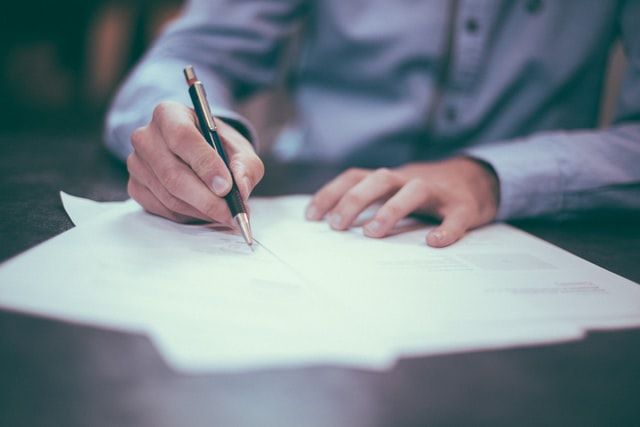The internet has made information available around the world at the touch of a button.

Very often, people want that information readily available to readers, viewers and listeners, while protecting the copyright in work they have created.
Copyright protection generally arises once the work is created and lasts in many cases for 70 years following the death of the author. It includes literary articles, photographs, paintings, films and broadcasts, but also works of architecture and databases. Once the work is created, the author is protected from having their work copied or distributed and a successful claim for infringement can lead to financial compensation.
The internet has seen a growth in usage of 566% over the last ten years and although it is estimated that only 15% of Africa has access to the internet, its use has grown by a staggering 3,607% in that time. According to YouTube, it uploads 72 hours of video every minute, amounting to 4,320 years of video every year.
With so much information available to so many people, websites often state the terms upon which people may view the copyrighted work. However, there are times when the copyright owners cannot be located or wish to hide their identity. In the UK, there is no defence to a claim for copyright infringement that the rights-holder could not be located other than for what is known as orphan works. While the UK Government has sought to positively deal with orphan works, many believe that without specific legislation enabling people to freely use orphan works without the fear of a claim for infringement, organisations such as libraries, that hold thousands of images and audiovisual works, will be reluctant to release them to the wider public, thereby holding back the creative sectors.
Furthermore, the internet has exposed the paradoxical nature of copyright works. For example, reading a hard copy book is not copyright infringement, but reading the text online could be, since the computer displaying the text would have had to have made a copy to display it. As a result, internet users have become unclear as to what does or does not amount to infringement.
A giant leap towards the free dissemination of information has come in the form of open content licensing, the purpose of which is to enable the public to use and share copyright works with minimal restrictions. It is often referred to as ‘creative commons licensing’, named after Creative Commons, a not-for-profit corporation set up in the US which first introduced these licences back in 2002. According their website, over 500 million works have been published using Creative Commons licenses. The licenses are free and can be set up in a few simple steps. Sites such as YouTube and Flickr have pages dedicated to informing users of these licenses. As a tool for making information widely available while protecting copyright-holders’ works, open content licensing is helping change the way we use the internet.
For more information contact Scott Simmons on 01423 789 888 or scott@newtons.co.uk
The information contained in this article is intended for guidance only and is not intended to provide specific legal advice to you or your business. Expert advice on any issue should always be obtained. Newtons Solicitors Limited does not accept liability for any loss that may arise from relying on or using the information contained in this article.
